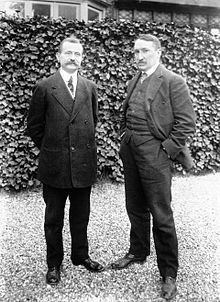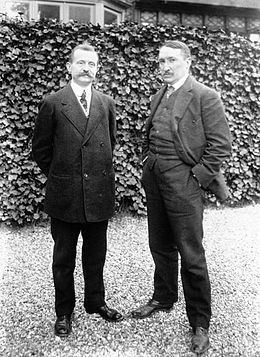Name Paul Moreau-Vauthier | ||
 | ||
Died February 2, 1936, Deux-Sevres, France | ||
Paul Moreau-Vauthier (26 November 1871 – 2 February 1936) was a French sculptor.

Moreau-Vauthier first achieved public renown with his statue La Parisienne shown at the Exposition Universelle (1900) in Paris, and is now perhaps best known for his memorial wall to the Victimes des révolutions (Mur des Fédérés) on Avenue Gambetta, Paris. He also created an allegorical work to commemorate Louis Blériot's first cross-Channel airplane flight in 1909.

A veteran of the Battle of Verdun, Moreau-Vauthier had the idea in 1920 to memorialize World War I by installing a series of sculpted stones along the 650 km front from Nieuwpoort, Belgium through Moosch near Altkirch, and on to the Franco-Swiss border. He presented his first model that year in Paris; Henri Defert, president of the Touring Club of France, endorsed the idea and invited the Belgian Touring Club to join the project. A total of 240 markers were planned (28 in Belgium, 212 in France), of which 118 were erected (22 in Belgium, 96 in France) in the years between 1921–1927. Three basic designs differ primarily in the helmet capping the milestone (French, Belgium, British), with side decorations of infantryman's gear such as water bottles, hand grenades, etc. Many of these Borne du Front stones are still extant. See image below.
Moreau-Vauthier died in 1936 in a car accident at Ruffigny near Niort in Deux-Sèvres, and is buried in Père Lachaise Cemetery in Paris.
